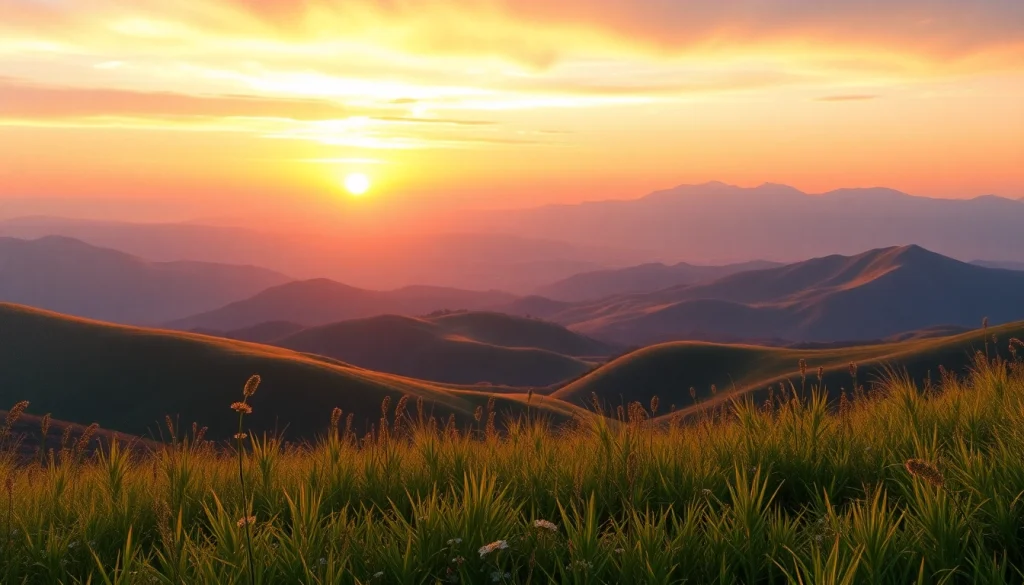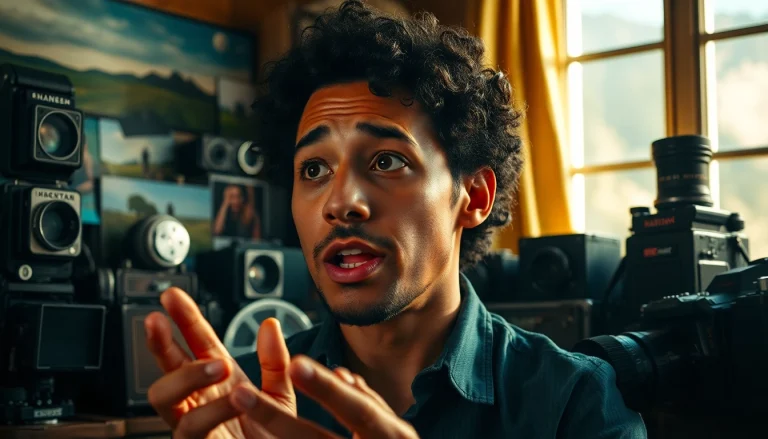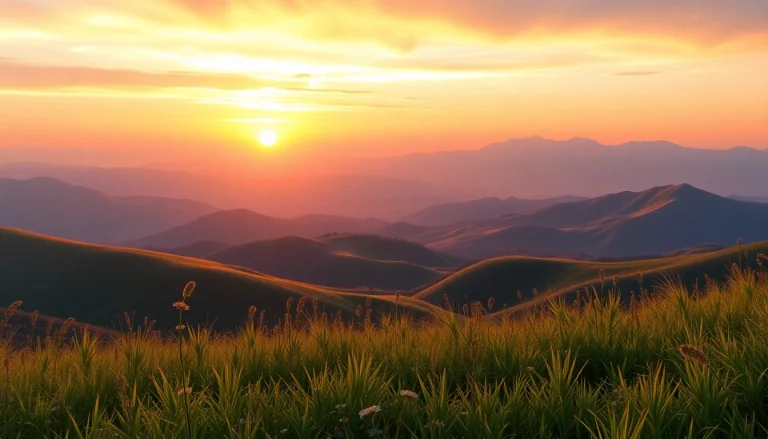
Understanding Landscape Paintings
What are Landscape Paintings?
Landscape paintings are a captivating form of art that captures the beauty of natural scenery. They typically depict vast vistas that include elements such as mountains, valleys, rivers, trees, and forests. Landscape paintings can vary drastically in style and technique, reflecting the artist’s personal interpretation of the subject. Often, these paintings evoke feelings of tranquility and serenity, making them a popular choice for both collectors and casual admirers alike. For those looking to enrich their living space with natural beauty, landscape paintings offer a versatile and stunning option.
History of Landscape Paintings
The history of landscape painting dates back centuries, with origins traceable to ancient civilizations. In classical antiquity, landscapes were used as backdrops in various forms of art, illustrating the relationship between people and their environment. However, it wasn’t until the Renaissance that landscape paintings gained prominence as a standalone genre.
During the Renaissance, artists like Leonardo da Vinci and Raphael began to incorporate landscapes in their work more thoughtfully. The transition from the idealized landscapes of the Renaissance to the more realistic depictions of the Baroque period marked significant evolution. The 18th century brought with it the Romantic movement, which celebrated nature and emotion, leading to breathtaking paintings by artists like Caspar David Friedrich.
The 19th century ushered in the Impressionist movement, with figures like Claude Monet and Pierre-Auguste Renoir capturing fleeting light and its effects on landscapes. This movement paved the way for modern and abstract interpretations of landscape, leading to the diverse and dynamic styles we see today.
Key Characteristics of Landscape Paintings
Landscape paintings are defined by several key characteristics. Understanding these qualities can enhance appreciation and inform purchasing decisions:
- Composition: The arrangement of elements within the painting plays a crucial role. Effective compositions guide the viewer’s eye through the artwork, often utilizing lead lines—such as roads or rivers—that lead to focal points.
- Color Palette: Landscape paintings often feature colors that reflect natural settings. The hues of the skies, the greens of the foliage, and the browns and grays of the earth all contribute to the overall mood of the painting.
- Lighting: The use of light in landscape paintings is essential for creating depth and atmosphere. Artists manipulate light to enhance the three-dimensional quality of their works, showcasing different times of day and seasons.
- Texture: The application technique—be it thick impasto or smooth glazes—provides tactile quality to landscape paintings, enhancing the emotional resonance of the piece.
Types of Landscape Paintings
Traditional vs. Modern Landscape Paintings
Landscape painting has evolved from traditional styles that emphasize realism to modern interpretations that often blur the lines between landscape and abstraction. Traditional landscape painters focused on realistic portrayals, showcasing the majestic beauty of nature with meticulous detail. Artists such as John Constable and Thomas Cole epitomized this style, often inserting their socio-political commentary on environmental and human interaction within their works.
In contrast, modern landscape painters may employ abstract techniques and innovative materials, challenging viewers to reconsider their perceptions of nature. Contemporary artists such as Gerhard Richter can depict landscapes in a manner that invites personal interpretation rather than straightforward representation. This evolution reflects the changing relationship between humans and their environment, often emphasizing themes such as climate change and urban expansion.
Famous Styles in Landscape Paintings
Several distinct styles have emerged in the realm of landscape painting:
- Impressionism: Characterized by loose brushwork and an emphasis on light, impressionist landscape paintings capture moments in time. They often depict nature through a subjective lens, focusing on visual effects rather than fine details.
- Romanticism: This style prioritizes emotion and individualism, frequently showcasing dramatic settings such as stormy seas or towering mountains, reflecting the sublime aspects of nature.
- Realism: Realists aim to depict scenes as they are, often highlighting everyday life and landscapes without embellishment. This style emerged in the mid-19th century, countering the dramatic fare of romanticism.
- Abstract Landscape: Many contemporary artists explore abstract techniques to represent nature, inviting viewers to engage with the essence of a place rather than its visual specifics.
Influential Artists Behind Landscape Paintings
Various influential artists have shaped the landscape painting genre. Each artist brought forth their unique perspective, enriching the art form:
- J.M.W. Turner: Known for his evocative use of light and color, Turner’s work captures the sublime essence of nature, often with dramatic skyscapes and turbulent seas.
- Claude Monet: A pioneer of Impressionism, Monet’s landscapes are celebrated for their use of color and light. His series on haystacks and water lilies are quintessential examples of capturing the transient effects of nature.
- Vincent van Gogh: His expressionistic landscapes, characterized by bold colors and brushwork, convey emotion and intensity, making them instantly recognizable.
- Georgia O’Keeffe: O’Keeffe’s landscapes of the American southwest reflect a deep connection to the land, utilizing form and color to present her distinctive interpretations of natural beauty.
Choosing the Right Landscape Paintings for Your Space
Considerations for Different Room Aesthetics
When selecting landscape paintings for your home, it’s essential to consider the aesthetics of the space. A modern, minimalist interior may benefit from large, abstract landscapes that add bold color and interest without overwhelming the aesthetic. Conversely, traditional or rustic spaces may be enhanced by landscapes featuring natural settings that harmonize with their surrounding decor.
Another aspect to ponder is the theme and emotional tone of the painting. Calm and serene landscapes can enrich a room intended for relaxation, such as a bedroom or meditation room, while more dynamic scenes may energize living spaces and communal areas.
Color Psychology of Landscape Paintings
Understanding color psychology can aid in selecting landscape paintings that evoke the desired emotional response. Soft blues and greens can create feelings of tranquility and relaxation, making them ideal for bedrooms or spaces meant for unwinding. In contrast, vibrant reds and yellows can stimulate energy and activity, perfect for kitchens or playrooms.
The interplay of color in landscape paintings can also create focal points in a room. For instance, a large painting with a striking sunset can draw the eye and serve as a conversation starter. When choosing, consider how colors interact with existing decor to create a cohesive and inviting space.
Size and Scale of Landscape Paintings
The size of the landscape paintings relative to the room is crucial to creating a balanced and harmonious look. A small painting may get lost in a spacious room, while an oversized piece may overwhelm a compact area. It’s beneficial to take measurements and visualize the painting’s placement before making a purchase.
Groupings of smaller landscape paintings can also create visual interest and offer the flexibility to change arrangements. A gallery wall featuring various landscapes can depict a personal narrative about your experiences with nature or regions you have visited, adding depth to your space.
Where to Find Quality Landscape Paintings
Online Art Galleries and Marketplaces
The internet is a rich resource for finding quality landscape paintings. Online galleries and marketplaces have expanded access to artworks from various artists around the world. When browsing these platforms, always prioritize reputable sellers who provide clear information about the artist, the materials used, and any provenance associated with the paintings.
Engaging with artists directly on social media platforms can also provide opportunities to discover original pieces and commission custom works that capture your desired landscape.
Local Art Exhibits and Auctions
In addition to online resources, local art exhibits and auctions can be excellent venues for discovering unique landscape paintings. Attending these events allows potential buyers to appreciate the artwork in person, examining textures, finishes, and scale that may not be apparent in photographs.
Support for local artists can also nurture your community’s arts scene, contributing to its vibrancy and diversity. Local galleries often host exhibitions showcasing emerging artists, providing fresh perspectives on landscape painting.
Commissioning Custom Landscape Paintings
If none of the available options resonate or fit your vision, consider commissioning a custom landscape painting. Many artists are open to working with patrons to create personalized pieces that reflect specific landscapes or emotional connections.
To ensure a successful collaboration, clearly communicate your ideas regarding theme, color palette, and size. Providing reference photos of locations or landscapes that inspire you can help the artist understand your vision and create a meaningful piece that fits seamlessly into your space.
Displaying and Caring for Landscape Paintings
Best Practices for Displaying Landscape Paintings
Proper display of landscape paintings can enhance their visual impact. When hanging paintings, consider the height; artwork is generally best displayed at eye level. For larger pieces, ensure adequate lighting to create drama and highlight the artwork’s details.
When arranging multiple paintings, consider using a consistent spacing between them to create a cohesive look. Variations in frame styles can add interest; however, maintaining color consistency will tie the ensemble together.
Maintenance Tips for Landscape Paintings
Long-term care is essential for preserving landscape paintings. Dusting regularly with a soft, dry cloth can keep the piece looking fresh. If the painting is varnished, avoid using water or cleaning solutions, as these can damage the finish.
For oil paintings, it may be wise to keep them away from direct sunlight to prevent fading. Periodically, consider consultation with a conservator for any necessary restorations or maintenance.
Creating a Gallery Wall with Landscape Paintings
A gallery wall featuring landscape paintings can serve as a stunning focal point in any room. Start with a blank wall and plan your layout by arranging the pieces on the floor first. Imagining how they will look on the wall can help define spacing and arrangement.
Incorporating paintings of different sizes and orientations contributes to a dynamic look, while maintaining a consistent theme can unify the display. Accent with other decor elements such as mirrors or shelves to complement the artistic display and enhance visual interest.






